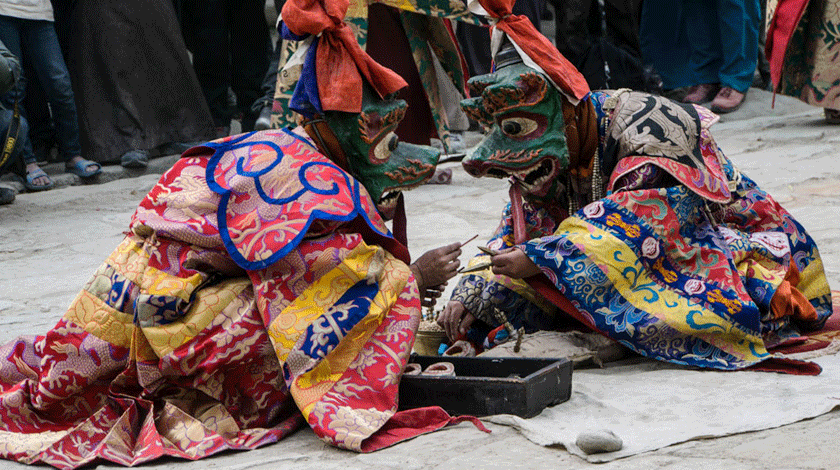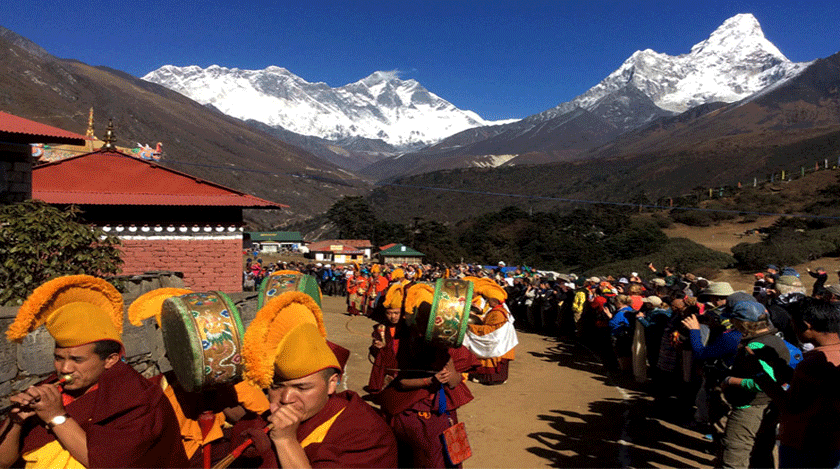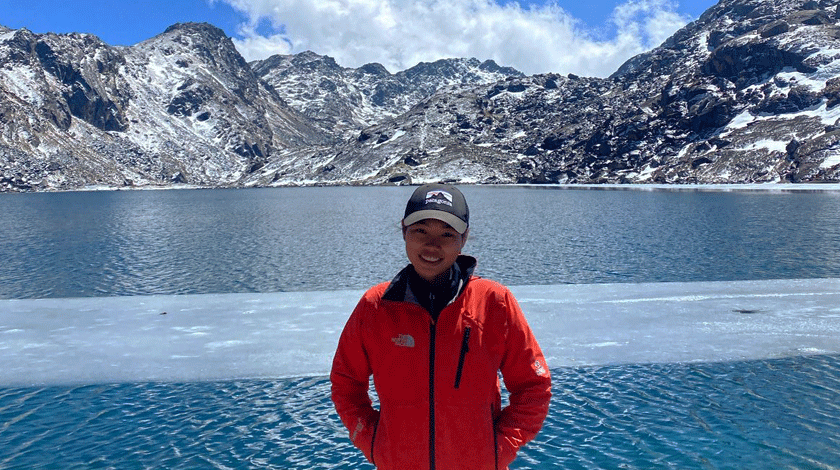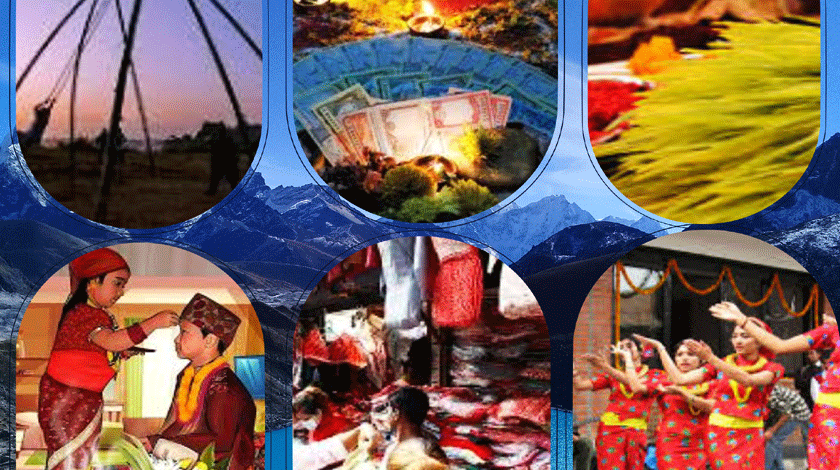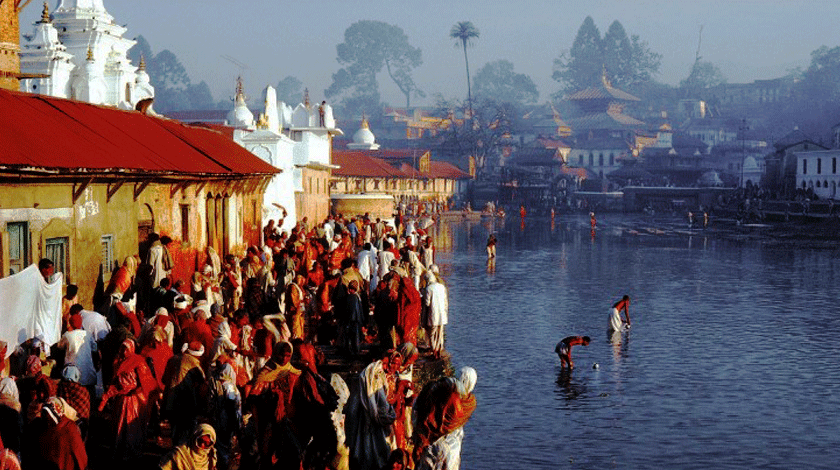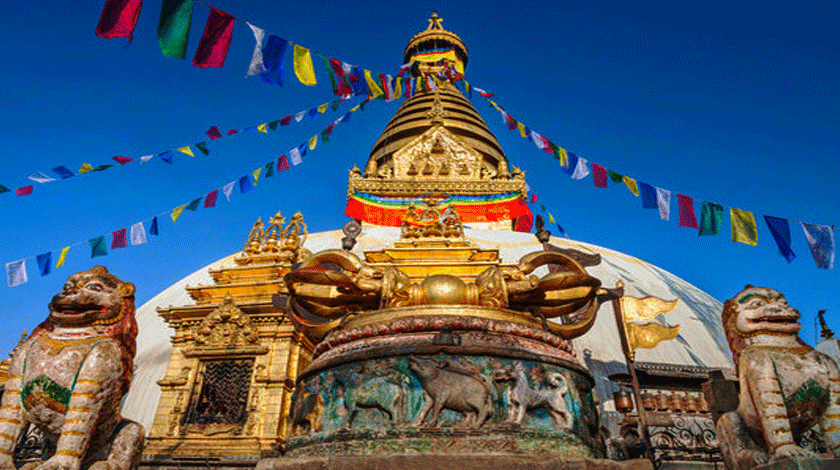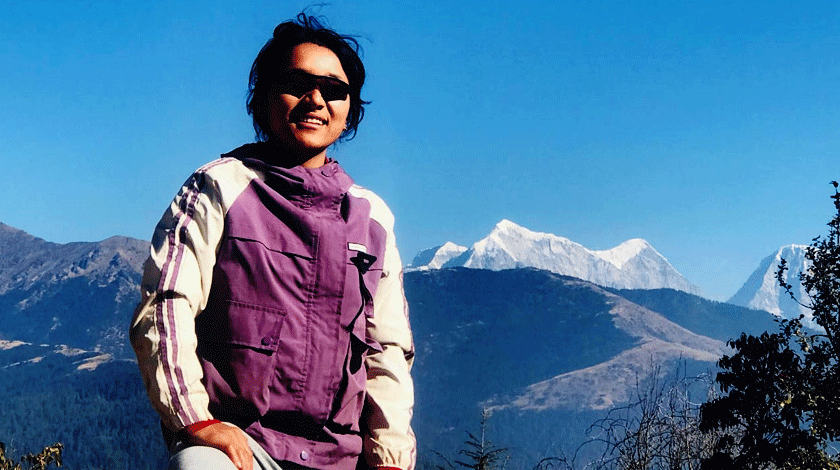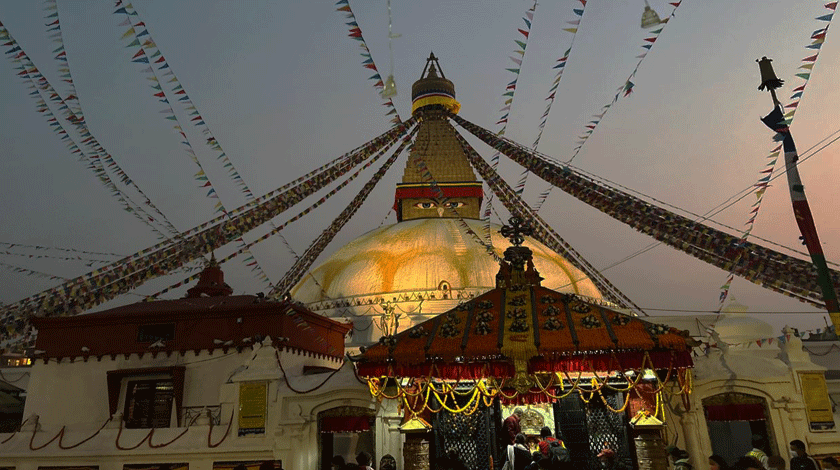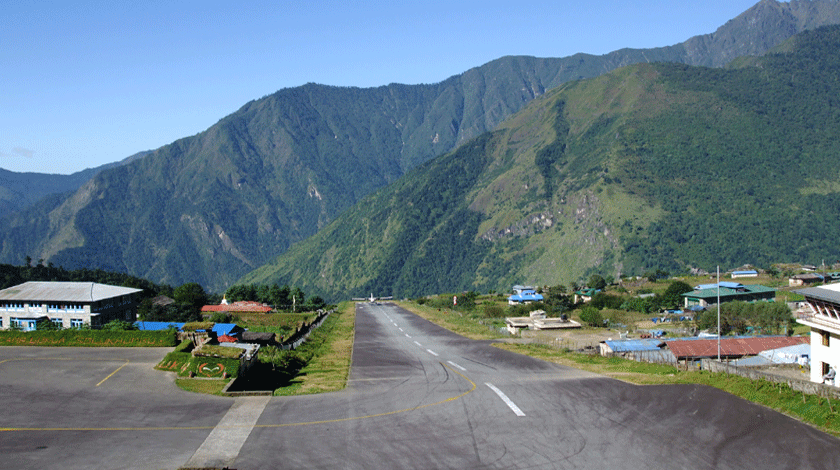Gokyo Lakes
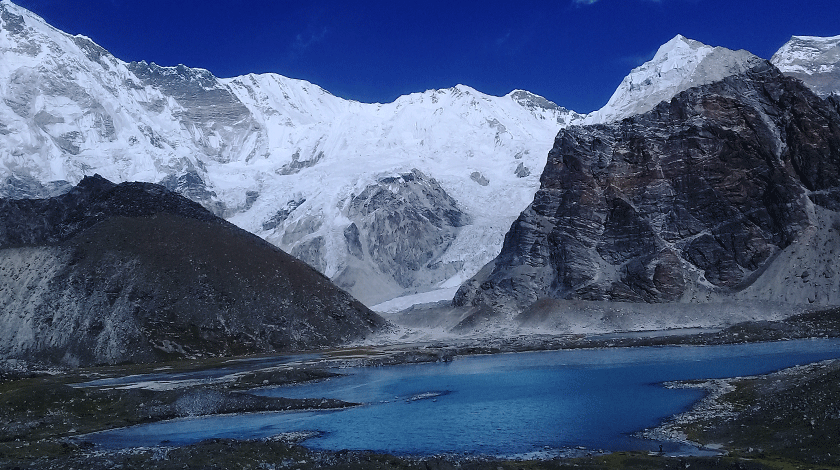
Gokyo Lakes: The Ultimate Himalayan Beyond Everest Base Camp
In the heart of Nepal’s Sagarmatha National Park, where the air becomes thin and mountains pierce the clouds, lies a natural wonder that captures the imagination of every mountain enthusiast – the Gokyo Lakes. These six turquoise jewels, scattered across the rugged Himalayan landscape at altitudes ranging from 4,700 to 5,000 meters, represent one of the world’s highest freshwater lake systems. Moreover, it offers an experience many consider superior to the traditional Everest Base Camp trek.
The Magnificent Lakes: Nature’s Masterpiece
Each of the six Gokyo lakes in the Gokyo system tells its own story and holds unique characteristics that make them special:
First Gokyo Lake (Longponga Tsho) serves as a magnificent introduction to the system. As trekkers first glimpse its turquoise waters through the thin mountain air, they understand why these lakes have captivated explorers for generations. The surrounding rocky terrain and distant snow-capped peaks create a stark contrast against the lake’s brilliant blue waters.
Second Gokyo Lake (Taboche Tsho) offers a more intimate experience. Here, the waters are particularly clear, and during the warmer months, various Himalayan birds can be spotted along its shores. The lake’s position provides the first real sense of the massive scale of the surrounding mountains.
Third Gokyo Lake (Dudh Pokhari), the largest of the system, hosts Gokyo village along its shores. The lake’s surface often mirrors perfect reflections of the surrounding peaks, creating photographs that seem almost too perfect to be real. The village with its collection of teahouses and prayer flags, adds a human element to this otherworldly landscape.
Fourth Gokyo Lake (Thonak Tsho) represents tranquility in its purest form. Less visited than its lower neighbors, this lake offers solitude and contemplation. The walk to reach it provides constantly changing perspectives of the Ngozumpa Glacier, Nepal’s longest ice river.
The Crown Jewel: Fifth Lake (Ngozumpa Tsho)
The Fifth Lake stands as the ultimate highlight of the Gokyo system. Positioned at approximately 4,800 meters, it offers what many mountaineers and photographers consider the finest mountain vista in the entire Himalayan range. From its shores, visitors witness an unprecedented panorama featuring four of the world’s highest peaks:
– Mount Everest (8,848m) dominates the eastern horizon
– Lhotse (8,516m) stands proudly beside Everest
– Makalu (8,485m) pierces the sky in the distance
– Cho Oyu (8,188m) rises majestically to the north
Dawn at the Fifth Lake presents a spectacular light show as the first rays of sunlight illuminate the peaks one by one, their golden glow reflecting in the lake’s crystal-clear waters. Professional photographers often spend hours here, capturing the constantly changing light and conditions.
The Sixth Lake, while less visited, rewards adventurous trekkers with absolute solitude and some of the most dramatic mountain views imaginable.
Gokyo Ri Trek
The Gokyo Ri Trek begins early in the morning around 4 am for the thrilling Everest view without obscuring the scenic. Starting early ensures you have sufficient time to reach the summit (3–4 hours uphill) and descend safely back to Gokyo village. You’ll have time to rest and enjoy the scenery at the top without feeling rushed. The reason to Trek early in the morning are:
- Clear Weather:
- Mornings in the Everest region often have the clearest skies, providing uninterrupted views of the peaks and surrounding landscape.
- Clouds and mist typically roll in during the late morning or early afternoon, obscuring the views.
- Sunrise Experience:
- Watching the sunrise from the top of Gokyo Ri is breathtaking. The sun gradually lights up the towering peaks, casting golden hues over Everest, Lhotse, Makalu, and Cho Oyu.
- Temperature Management:
- While mornings are cold, the effort of the hike helps you warm up. By descending later in the morning, you’ll avoid hiking under the harsh midday sun, which can make the return trek more challenging.
Multiple Routes to Paradise
Classic Gokyo Lakes Trek
The traditional route begins in Lukla and follows the short trek to Everest trail until Namche Bazaar, where it diverges westward into the Gokyo Valley. This 6-8 day journey allows trekkers to focus solely on the lakes and surrounding peaks, with proper time for acclimatization and exploration.
Gokyo Lakes via Everest Base Camp
For those seeking to combine two of Nepal’s most iconic destinations, the 14-16 day route through Everest Base Camp to Gokyo lakes offers an incredible adventure. After visiting Base Camp and Kala Patthar, trekkers cross the challenging Cho La Pass (5,420m) before descending into the Gokyo Valley. This route provides a comprehensive experience of the Khumbu region’s highlights.
Three Passes Trek with Gokyo Lakes
The ultimate Himalayan adventure, this 17 to 20-day trek crosses three high passes:
– Kongma La (5,535m)
– Cho La (5,420m)
– Renjo La (5,360m)
This challenging route offers the most complete experience of the region, including Everest Base Camp and the Gokyo Lakes, while traversing some of the most dramatic high-altitude terrain in Nepal.
Natural and Cultural Heritage
The journey to Gokyo Lakes presents an incredible variety of landscapes and ecosystems. Lower elevations feature rhododendron forests that burst into brilliant color during spring. As altitude increases, the terrain transforms into alpine meadows dotted with hardy mountain flowers, before giving way to the dramatic high-altitude wilderness of rock and ice.
The Ngozumpa Glacier, Nepal’s longest Glaciers at 36 kilometers, provides a constant companion along the trek. This massive river of ice offers insights into the region’s geological history and current climate challenges. Its moraines and ice formations create an almost lunar landscape that contrasts sharply with the lakes’ serene waters.
Wildlife enthusiasts might glimpse:
– Himalayan tahr on steep slopes
– Musk deer in lower forests
– Various bird species including the Himalayan griffon
– Pika and marmots among the rocks
– The elusive snow leopard’s territory (though sightings are rare)
Cultural Significance and Local Life
The Gokyo Lakes hold deep spiritual significance for Hindu and Buddhist faiths. Local Sherpa communities consider these waters sacred, and during the August full moon, the lakes become a site of pilgrimage. Ancient monasteries, prayer flags, and chortens dot the landscape, telling stories of centuries of spiritual practice.
Practical Considerations for Your Trek
Best Seasons to Visit
– October-November: Prime season with clear skies and stable weather
– March-May: Spring season offering rhododendron blooms and clear mornings
– Avoid monsoon (June-September) and winter (December-February)
Accommodation and Facilities
Gokyo village offers surprisingly comfortable teahouses with:
– Clean, basic rooms
– Hot meals and drinks
– Solar-powered electricity
– Basic internet connectivity
– Warm dining areas for socializing
Essential Preparation
– Proper acclimatization is crucial for safety
– Quality equipment suitable for high-altitude
– Comprehensive travel insurance
– Basic altitude sickness prevention knowledge
– Physical preparation before the trek
Conservation and Sustainable Tourism
The fragile ecosystem of the Gokyo Lakes requires careful protection. Climate change poses significant challenges, with visible effects on the Ngozumpa Glacier and the surrounding environment. Responsible tourism practices are essential for preserving this unique landscape for future generations.
Whether you choose the direct route to Gokyo Lakes, combine it with Everest Base Camp, or embrace the challenge of the Three Passes Trek, the Gokyo Lakes offer an unforgettable Himalayan experience. Here, where turquoise waters mirror some of the world’s highest peaks, every step brings new wonders and every view tells a story of natural grandeur that will stay with you forever.
Contact us to plan your journey to these remarkable lakes, and let us guide you through one of the world’s most spectacular mountain landscapes. For detailed itineraries, current conditions, and booking information, please contact our office. We specialize in customized treks that cater to your specific interests and abilities while ensuring your safety and comfort throughout the journey.


